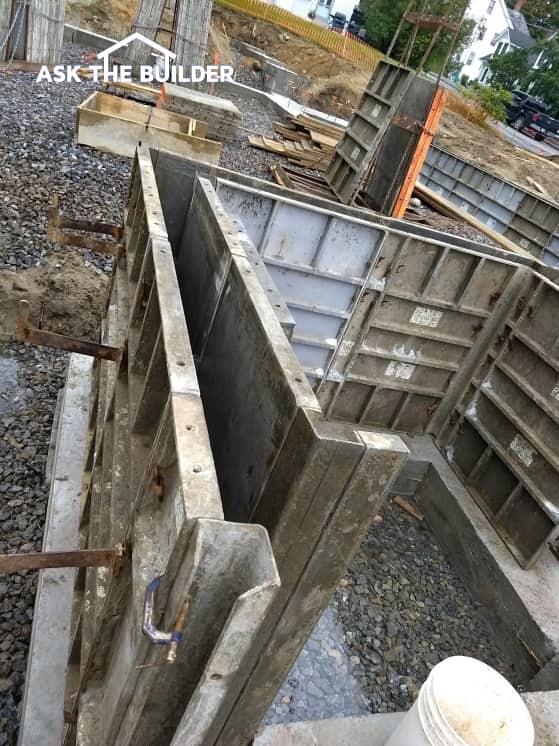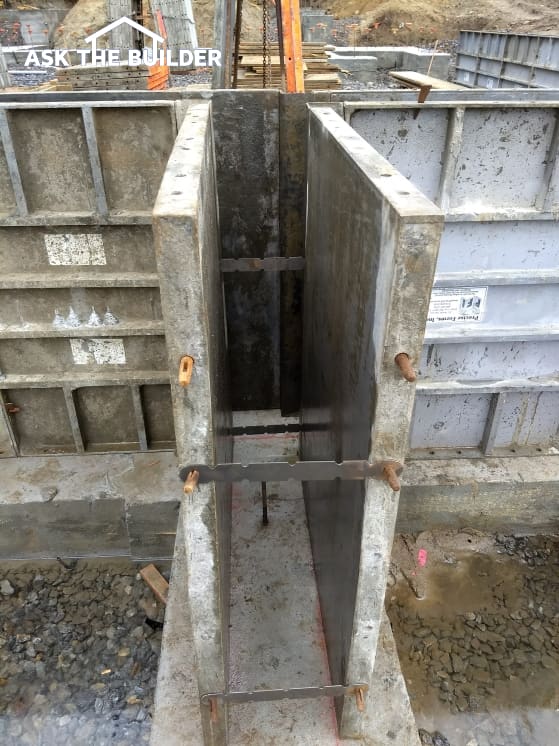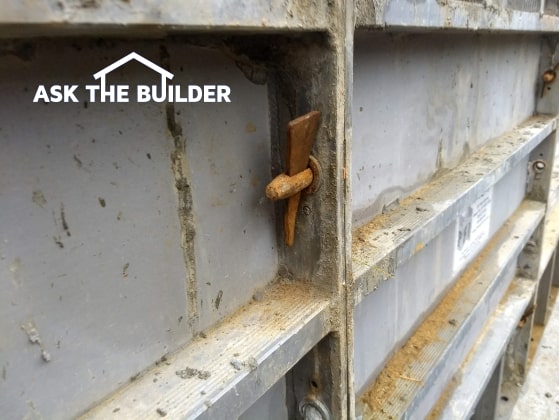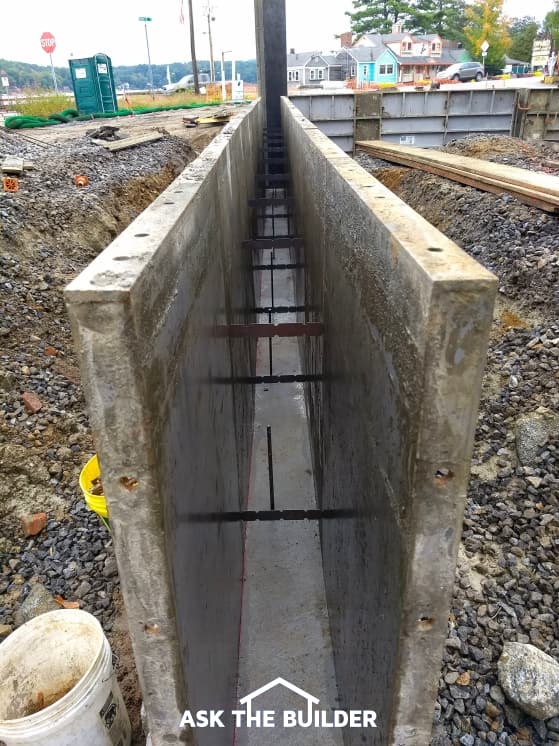Concrete Foundation Forms

This shows you what concrete foundation forms look like as they're being assembled. The next day the contractor finished and they filled the forms with concrete! Copyright 2018 Tim Carter
Concrete Foundation Forms Checklist
- Modular design allows forms to be set in hours
- Produce perfectly straight and square foundations
- Allow for the easy installation of reinforcing steel
- Simple design requires few skills to set up
Related Links
Foundation Footer - Must Be Level and Square - SECRET TIPS HERE - Do NOT Share
Poured Concrete or Concrete Block? Which is Better?
Concrete Foundation Forms Save Time and Money
Modern concrete foundation forms are modular and can be assembled with almost no tools. All the parts fit together like large children's toys.
Free & Fast Bids
CLICK HERE to get FREE & FAST BIDS from local foundation contractors.
How Were Old Concrete Foundation Forms Made?
Concrete foundation forms used to be made from tongue-and-groove 1x6's assembled by carpenters. After the concrete was hard, they salvaged the wood and used it as the diagonal subflooring for the homes. Whatever was left over was used as roof sheathing.
Modern concrete foundation forms are made with steel and aluminum.

Note the metal cross straps that hold the vertical forms in place against the pressure of the wet concrete. Copyright 2018 Tim Carter
How Long Does it Take to Set Up the Forms?
A simple square or rectangle foundation can be formed up in just a few hours with modular forms. It's important to realize that a level and square footing makes the job go very fast.
How is Foundation Reinforcing Steel Installed?
The cross straps used in some forms have notches in them that hold the reinforcing steel in place. It's best to have two rows of steel bars in concrete foundations. One set of bars should be about a foot up from the bottom of the wall and the other set should be about a foot down from the top of the foundation wall.

The triangular piece of steel helps hold two adjacent forms together. The forms can be assembled with lots of unskilled laborers. Copyright 2018 Tim Carter
Is Skilled Labor Required for Concrete Foundation Forms?
A skilled foreman should be on the job to direct the layout work. However, unskilled labor can do almost all of the assembly of the forms because of the clever design of the interlocking panels and parts.
CLICK HERE to get FREE & FAST BIDS from local foundation contractors.

